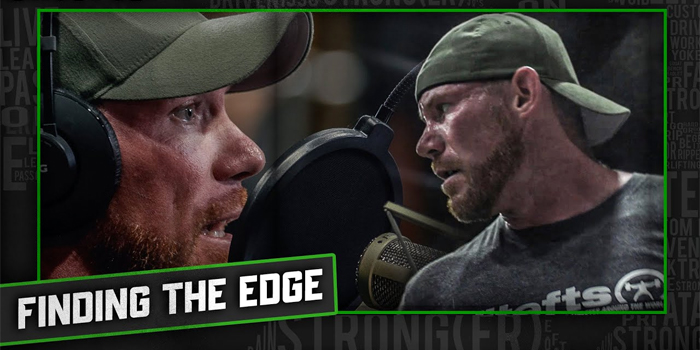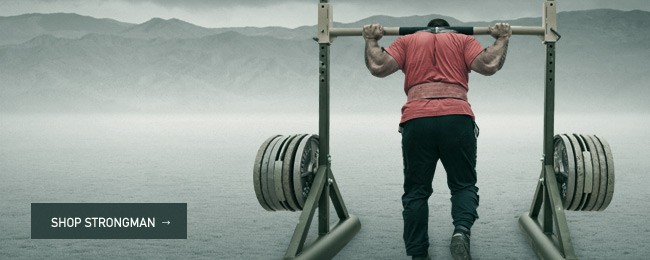
The key to a long and successful career in any strength sport is learning more. When you first start training, you learn a lot about the general principles of lifting weights by reading articles and books, watching videos, and trying out every program that catches your eye. You throw in random exercises whenever you find them, and this experimentation gives you a big pool to build from as you start figuring out what makes sense. Eventually, common sense isn’t enough. Everybody is doing what they see in books and the cookie-cutter programs, but they’ve adapted it to fit their needs. This leaves a lot of people confused as to what will work for them. It is hard when no one can tell you exactly what you need Dave Tate thinks that beginners often need a kick in the ass to learn what working hard means, and the more experienced often need to be cut way shorter than they prefer.
You need to do some thinking yourself.
This can be what you find to be your edge over other competitors and other training programs. Dave Tate talks about how he rarely used the super yoke but how it can be a valuable tool for some of the powerlifters at elitefts. The stability challenges of walking with the super yoke on your back are extremely taxing on the core muscles and do a better job of improving the ability to unrack and support extremely heavy weights than traditional ab work might. Brian Alsruhe saw a similar effect. After picking and walking with 800 pounds or more, and a good night’s sleep, a 500-pound squat feels significantly easier the next day.
But there are two definitions of the edge. As you get stronger, the heavier weights create bigger stress to your muscles, joints, and nervous system. What was an average workout a few years ago, may now put you out of commission for a week. Your edge is that line you ride, where you need to reach as close to the edge as possible to make training adaptations, but blasting over the line has the potential for injuries and overtraining. Dave knows that he used to push past the edge way too far, and it took way too long to learn to stop doing that kind of damage to himself. He sees the same problems in the lifters around him, but he is able to guide them to stop just a hair shorter to avoid falling off the edge. While leaping off the edge for a max effort grinder looks cool on social media, maximal does not always mean optimal.
Text By Mason Nowak














